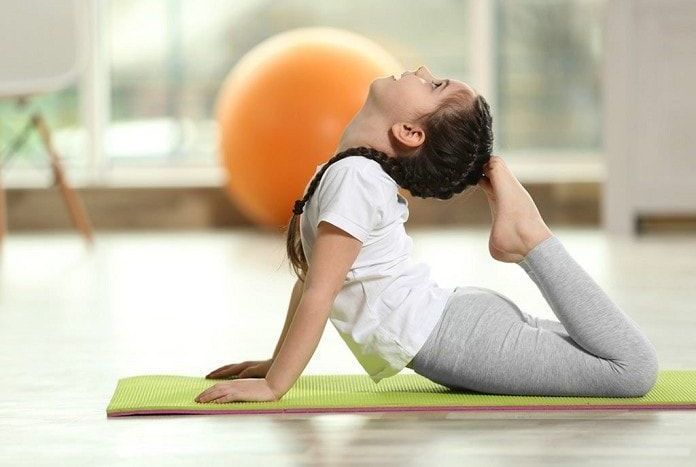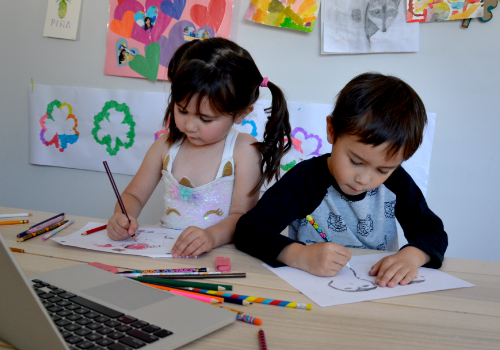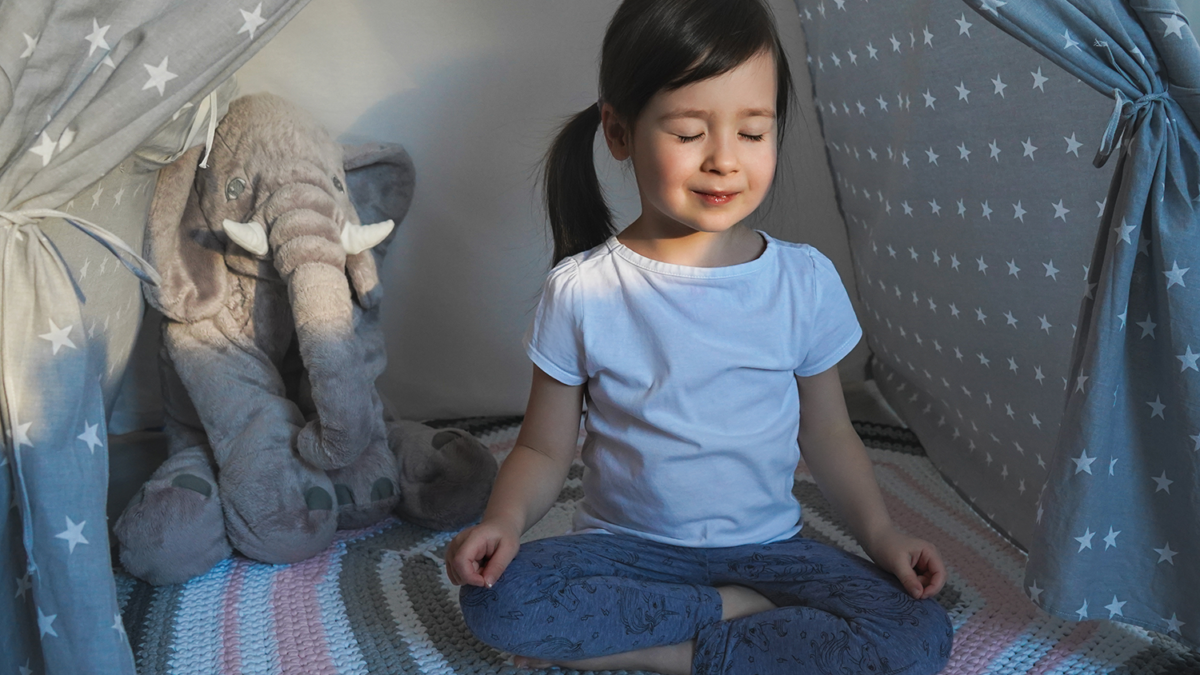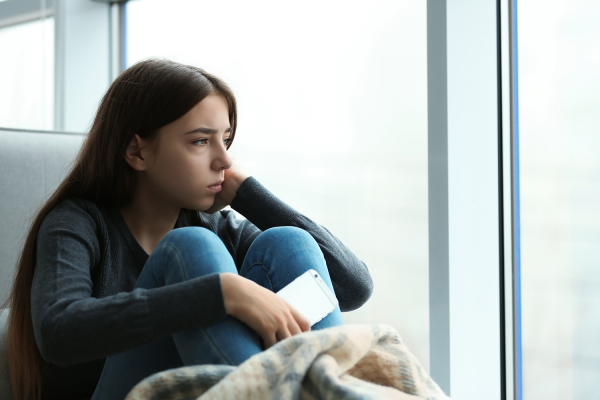Stress and anxiety is common for both children and adults. Butterflies before a piano recital or feeling nervous about a big test is a normal reaction to a stressful situation or event. As parents, we can’t eliminate stress in our children’s lives – only teach them how to manage it.
Triggers that can cause stress in children include major life changes such as moving or divorce, family financial problems, peer pressure or bullying, body changes, and worrying about schoolwork. Helping our children form coping strategies at a young age will set them up for long-term success as they encounter education, career, social, and financial decisions.
During 2020, the number of children expressing stress increased with schedule disruptions, school shutdowns, social isolation, virtual learning, and health concerns. According to a parent survey on ActivityHero, 86% of children reported the feeling of anxiousness.
Without healthy stress management, chronic anxiety could lead to behavioral and physical symptoms in children, according to MedLine Plus.
- Decreased appetite or other sudden changes in eating habits
- Frequent Headaches
- Nightmares or Sleep disturbances
- Upset stomach or vague stomach pain
- Sudden changes in behavior that are out of character
- New or recurring fears (fear of the dark, fear of being alone, fear of strangers)
- Clinging, unwilling to let you out of sight (separation anxiety)
- Not able to control emotions; Aggressive or stubborn behavior
- Unwilling to participate in family or school activities
Stress management for Kids and Teens
Here are 5 ways to help your child manage every day anxiety and take healthy habits into adulthood:
1) Good Sleep Routines
Sleep is essential for your body and mind to recover and reset from the day. According to the American Academy of Pediatrics (AAP), 9-12 hours of sleep a night is recommended for 6- to 12-year olds. Teens need 8-10 hours of sleep a night. Set a schedule and bedtime routine for consistency. For younger children, this could include a “wind down” time of bath and story time. For teens, limiting screen time and gaming before bed can support more restful sleep.
2) Physical Exercise
At least 60 minutes of exercise a day can have many health benefits for children, including relieving stress. This is a healthy habit for the whole family – hiking, biking, surfing, or other recreational activities are all great ideas to enjoy together.
Other fun, non-competitive exercise and fitness classes for your child to manage stress (and burn off extra energy), include:

Yoga: Online stretching and yoga classes are a relaxing activity for all ages. In yoga classes for kids as young as 4, students learn basic yoga movements and body awareness.
Dance Party: Toddlers to teens can enjoy a fun dance party, connecting in a safe environment led by an engaging instructor. Many dance and movement classes have fun themes and do not require any previous dance experience.
Karate: Introductions to martial arts classes online do not require previous experience, and can be a confidence builder for children.
We’re here to help your child become even more engaged, strong and optimistic during this unique time. We know that grit, resilience and laughter have never been more important than right now.
– Family Karate Online
Find Fitness Classes on ActivityHero>>
3) Schedule Relaxing Activities
In addition to exercising your body, scheduling relaxing activities can also relieve mental stress. Art, music, journaling, and other relaxing hobbies all have therapeutic benefits. The most important reminder is to make sure there is zero pressure – these should be purely for fun!

Art Classes for Kids: Art can be a constructive outlet for children of all abilities to express emotions and relieve anxiety. Drawing, painting, clay modeling, and crafts are all great activities.
In addition, any relaxing hobby your child enjoys can help them socialize and unwind. Cooking, theatre & drama, music, LEGO or even making slime could be good options!
Find Online Classes on ActivityHero>>
4) Breathing & Meditation
If your child is starting to feel overwhelmed, teaching them breathing exercises can help them work through their feelings. Taking deep breaths, visualizing themselves in a calming place, and listening to relaxing sounds are all strategies to help them refocus.

“We started using online classes on Activity Hero after schools closed and I was furloughed. My son especially enjoys Vibras Meditation (now LoveHero). Positive messages and empowerment are so good for kids right now (and always I guess.) The instructor is great and we will continue even after things move to the new normal.”
-Parent Review
Find Meditation & Mindfulness Classes on ActivityHero>>
5) Model Self-Care and Positive Thinking
As parents and adults, modeling self-care and positive thinking is probably the hardest habit to implement. However, our children observe and absorb more of our adult stress than we realize. Some strategies include:
- Talk with your children about how you have dealt with stressful situations and encourage dialogue about how they are feeling. Tip: Conversations can be more natural if you engage when your child doesn’t have to look directly at you – riding in a car, walking the dog, or sitting on the beach.
- Be mindful of your reactions; take a deep breath before responding to stressful situations.
- Avoid negative thinking; Model behaviors of self-care instead of self-doubt for your children.
- Be Aware: Children are spending more time online and it’s important to understand (and teach) the dangers of cyberbullying, social media addiction, and predators.
If at any time you feel your child may have chronic anxiety or depression, please consult your healthcare provider. Some of the signs and symptoms of anxiety or depression in children could be caused by other conditions, such as trauma. If you need help finding treatment, visit MentalHealth.gov

















